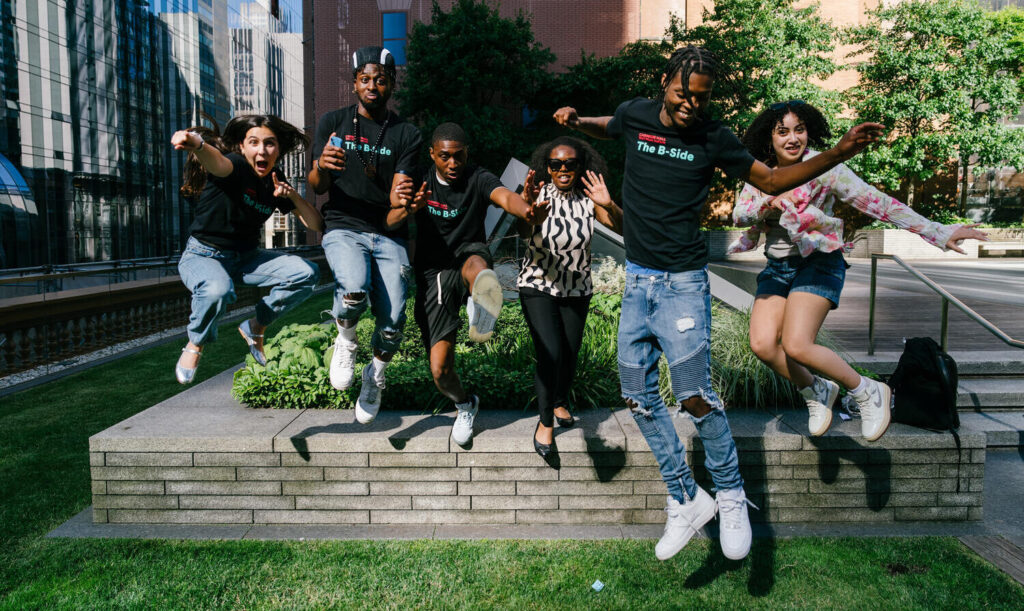When Bri Bernard was invited to a training program at the legendary Carnegie Hall in New York City last year, she was excited to finally visit “this landmark of great music.” And not just to visit but to “work in the space where so many wonderful artists performed.”
“Once you step inside,” Bernard says, “it’s even cooler.”
Carnegie Hall’s The B-Side is helping young New Yorkers between the ages of 14 and 22 explore career pathways in the music industry, and Bernard is exactly the kind of student The B-Side hopes to attract: a woman of color who grew up in the Bronx, had never been to Carnegie Hall before and is seriously invested in composing and producing music.


Over the course of a week, she and 39 other young aspirants visited the Louis Armstrong Museum and recording studios, learned from entertainment lawyers, union reps and musicians, and got feedback from professionals on their work. “I think it’s important to share our knowledge with the next generation of entrepreneurs, artists and producers,” says Donald Garner, one of the popular program facilitators, whom the students all affectionately call “Dr. G.” “Research and anecdotal evidence tells us about the lack of representation young people have, especially people of color, in terms of breaking into the industry.”
The highlight for Bernard was visiting Stanley Brown’s Pulse Music Studio in Midtown Manhattan. “It was my first time working in a truly professional studio,” she says. “That was simply awesome.”


Though Bernard plays the piano and the bass, The B-Side does not specifically target musicians but rather young people curious about a career in music more broadly. “The unifying factor for young people in the program is their love of music regardless of which career they’re interested in,” says Ayanna Cole, the director of Carnegie Hall’s Social Impact Programs. Students range from performers who have already released their first single to people who are still figuring out what they want to do.
The B in B-Side stands for business. The students learn about contracts, royalties, marketing and other crucial aspects of the industry. While the program’s goal is not to produce music, “there is a break room where we simply leave instruments out, and before five minutes are over, one has picked up the bass and another is at the piano and the vocalist jumps on the microphone,” Cole has observed. “Creating music together creates a different kind of community for them.”
Crushed by negative news?
Sign up for the Reasons to be Cheerful newsletter.
Bernard is one of 40 trainees who were selected for the week-long pilot in the spring of 2023, and the program was so popular it has since been expanded into a four-month afterschool program with ideas for expanding it even further next year. “We really considered research around the lack of diversity in the music industry,” Cole says. She speaks of a “diversity desert where underrepresented groups are abundant on the charts, but quite underrepresented not only on the C-suite level, but in artist management and other management executive levels across the industry.”
